Stories Category: Intensive Care

Effect of P2Y12 Inhibitors on Organ Support-Free Survival in COVID-19 Patients
n this randomized clinical trial of critically ill participants hospitalized for COVID-19, treatment with a P2Y12 inhibitor did not improve the number of days alive and free of cardiovascular or respiratory organ support.... read more
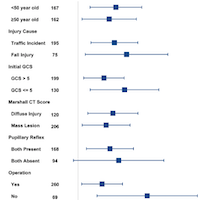
Acute Traumatic Coma Awakening by Right Median Nerve Electrical Stimulation
Severe traumatic brain injury (TBI) leads to acute coma and may result in prolonged disorder of consciousness (pDOC). We aimed to determine whether right median nerve electrical stimulation is a safe and effective treatment... read more

Barotrauma Rate Is 25% in ARDS Patients Receiving ECMO
Patients with acute respiratory distress syndrome (ARDS) receiving mechanical ventilation have a high risk of barotrauma, which often has poor prognosis and high mortality. Although ECMO should theoretically protect patients... read more

Resuscitative TEE
The use of ED resuscitative transesophageal echocardiography (TEE) is a practical modality that provides useful diagnostic and therapeutic information for critically ill patients in the emergency department, with an excellent... read more
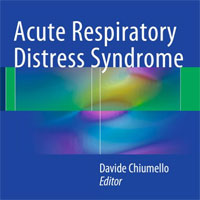
Acute Respiratory Distress Syndrome
This book covers all clinical aspects of acute respiratory distress syndrome (ARDS), from definition to treatment, focusing on the more recent recommendations and evidence-based medicine. The addressed topics are the... read more
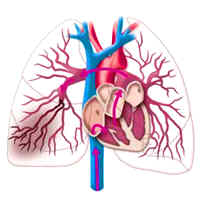
Temporal Trends in the Use of Computed Tomographic Pulmonary Angiography for Suspected Pulmonary Embolism
Despite the recent validation of clinical decision rules to limit the use of computed tomographic pulmonary angiography (CTPA), an increase in the CTPA rate along with more diagnosed pulmonary embolism (PE) and especially... read more

Environmental Impact of Single‑use and Reusable Items in CVC-insertion Kits
he use of CVC-insertion kits containing reusable metal instruments and reusable textiles offer a robust opportunity to reduce the environmental impacts and financial costs of CVC insertions in a European setting, compared... read more

Intubating the Critically Ill Patient: A Step-by-Step Guide for Success in the ED and ICU
Intubating critically ill patients is a process that requires a well-thought-out, step-by-step plan, specific to each patient. This book teaches the steps necessary to predict, prepare, perform, and provide pre and post-intubation... read more

Validation of qSOFA as a Screening Tool for Early Identification of Sepsis Patients
Sepsis and septic shock are major healthcare problems, affecting millions of people around the world each year. The speed and appropriateness of therapy administered in the initial hours of treatment are likely to influence... read more
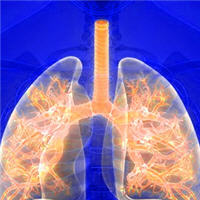
Cardiovascular Subphenotypes in ARDS
Latent class analysis (LCA) of transthoracic echocardiography (TTE) parameters identified four cardiovascular subphenotypes in acute respiratory distress syndrome (ARDS) that more closely aligned with circulatory failure... read more
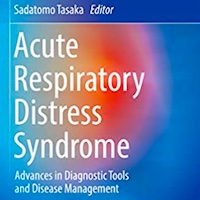
Acute Respiratory Distress Syndrome: Advances in Diagnostic Tools and Disease Management
Divided into thirteen chapters, this book provides a wealth of research-oriented findings and practical guidance, ranging from the definition, epidemiology and pathophysiology, to the diagnosis and management of the disease.... read more

Atrial Fibrillation and Ischemic Stroke Patients While on Oral Anticoagulation
Patients with Atrial Fibrillation (AF) and ischemic stroke while on oral anticoagulation are at increased risk of recurrent ischemic stroke and death. These patients currently have an unmet medical need. Individual participant... read more

The Ketamine Drive-Through
Patients who present with unexplained urinary tract symptoms or laboratory abnormalities on tests for liver injury should be asked about exposure to ketamine. Patients who chronically use ketamine should also be screened... read more

Half of Healthcare Workers with COVID-19 Showed Up For Work
About 50% of healthcare workers with symptomatic COVID-19 showed up for work, indicating concern over high workload burden for coworkers and personal responsibility. The findings were published in Infection Control & Hospital... read more
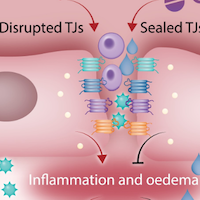
Acute Ischemic Stroke: Recent Advances in Reperfusion Treatment
Stroke is a major clinical challenge. The authors note that during the last 5–7 years, tremendous progress was achieved in the reperfusion treatment of acute ischemic stroke during its first few hours from symptom onset.... read more

Duration of Device-Based Fever Prevention After Cardiac Arrest
While fever prevention for 72 hours after cardiac arrest has been endorsed by international guidelines since 2005, there is a lack of randomized control trial (RCT) generated data supporting this after the initial 24 hours... read more
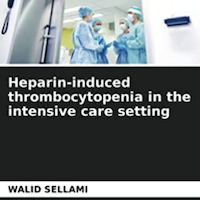
Heparin-induced Thrombocytopenia in the Intensive Care Setting
Heparin-induced thrombocytopenia (HIT) is a serious iatrogenic complication of heparin treatments. The diagnosis of HIT is difficult in the intensive care setting because thrombocytopenia is a frequent and multifactorial... read more








